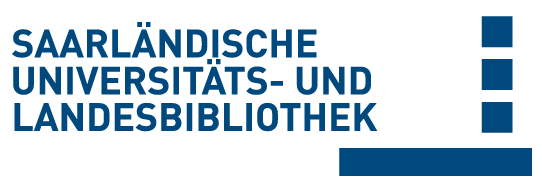Please use this identifier to cite or link to this item:
doi:10.22028/D291-45275 | Title: | Thoracic CT Angiographies in Children Using Automated Power Injection with Bolus Tracking Versus Manual Contrast Injection: Analysis of Contrast Enhancement, Image Quality and Radiation Exposure |
| Author(s): | Pfeifer, Jochen Driulini, Deborah Altmeyer, Katrin Wagenpfeil, Gudrun Poryo, Martin Giebels, Christian Bücker, Arno Massmann, Alexander Abdul-Khaliq, Hashim Fries, Peter |
| Language: | English |
| Title: | Diagnostics |
| Volume: | 15 |
| Issue: | 9 |
| Publisher/Platform: | MDPI |
| Year of Publication: | 2025 |
| Free key words: | computed tomography angiography contrast medium image quality manual injection automated power injector bolus tracking congenital heart disease |
| DDC notations: | 610 Medicine and health |
| Publikation type: | Journal Article |
| Abstract: | Objectives: The purpose of this study was to analyze image quality and radiation exposure of thoracic computed tomography angiography (CTA) in children with congenital heart diseases (CHDs) using either manual contrast medium (CM) injection or automated power injectors with bolus tracking. Methods: A total of 137 thoracic CTAs of 120 consecutive pediatric patients were included in this retrospective study. We analyzed the method of CM administration (power injection with bolus tracking (PI) or manual injection (MI)), injection routes, volumes and flow rates of CM. For the evaluation of objective image quality, attenuation values in the heart chambers and great thoracic vessels were determined by region-of-interest (ROI) analysis and signal-to-noise (SNR) and contrast-to-noise (CNR) ratios calculated thereof. Visual image quality was assessed by two blinded readers (four-point Likert-scale) analyzing the presence of artifacts and the depiction of relevant anatomical structures. Effective radiation doses were calculated with dose length products and specific conversion factors. Results: CM administration was performed using PI in 119/137 CTAs, whereas MI was conducted in 18/137. The smallest size of peripheral venous cannulas was 24 gauge in 36/137 (26.3%) cases. Overall mean CM volume was 17 mL ± 16 mL (mean ± SD). In PI, the mean flow rate of CM was 1.52 ± 0.90 mL/s with a range between 0.5 and 5.0 mL/s. When comparing the overall PI population and an age-, size- and weight-matched PI subpopulation (18 cases) with the MI population, attenuation values in Hounsfield units (HU) and CNR values were significantly higher in the PI groups than in the MI group for each relevant cardiac structure (left ventricle, right ventricle, ascending aorta and pulmonary trunk, p = 0.02–0.001). Overall image quality and depiction of cardiac structures were rated significantly better in CTAs with PI (interquartile ranges: “good” to “excellent” (Likert 3–4)) in PI compared with CTAs acquired with MI (interquartile ranges: “fair” to “good” (2–3)) in MI by both readers (p < 0.001). The inter-observer reliability was strong, with a Kendall’s Tau-b correlation coefficient of τ = 0.802 (p < 0.001). The mean effective radiation dose (E) did not differ significantly when comparing the stratified samples (i.e., the matched PI subgroup and the MI group; 0.5 (±0.3) mSv in both, p = 0.76). There were no complications associated with the CM injections for both application approaches. Conclusions: Automated contrast agent applications with power injectors and bolus tracking ensure better image quality in pediatric CTA, even when low volumes and flow rates need to be applied. There is a slight increase in radiation associated with bolus tracking. This approach represents a suitable imaging technique for the work-up of congenital heart disease. |
| DOI of the first publication: | 10.3390/diagnostics15091103 |
| URL of the first publication: | https://doi.org/10.3390/diagnostics15091103 |
| Link to this record: | urn:nbn:de:bsz:291--ds-452757 hdl:20.500.11880/39983 http://dx.doi.org/10.22028/D291-45275 |
| ISSN: | 2075-4418 |
| Date of registration: | 19-May-2025 |
| Faculty: | M - Medizinische Fakultät |
| Department: | M - Medizinische Biometrie, Epidemiologie und medizinische Informatik M - Pädiatrie M - Radiologie |
| Professorship: | M - Prof. Dr. Hashim Abdul-Khaliq M - Prof. Dr. Arno Bücker M - Prof. Dr. Stefan Wagenpfeil |
| Collections: | SciDok - Der Wissenschaftsserver der Universität des Saarlandes |
Files for this record:
| File | Description | Size | Format | |
|---|---|---|---|---|
| diagnostics-15-01103-v2.pdf | 5,68 MB | Adobe PDF | View/Open |
This item is licensed under a Creative Commons License


